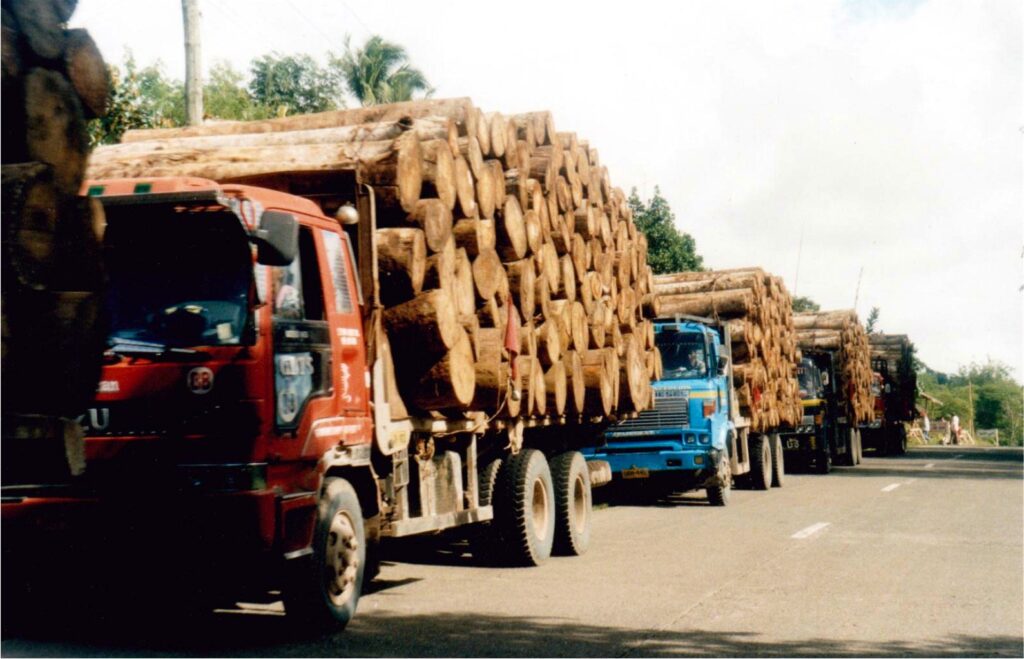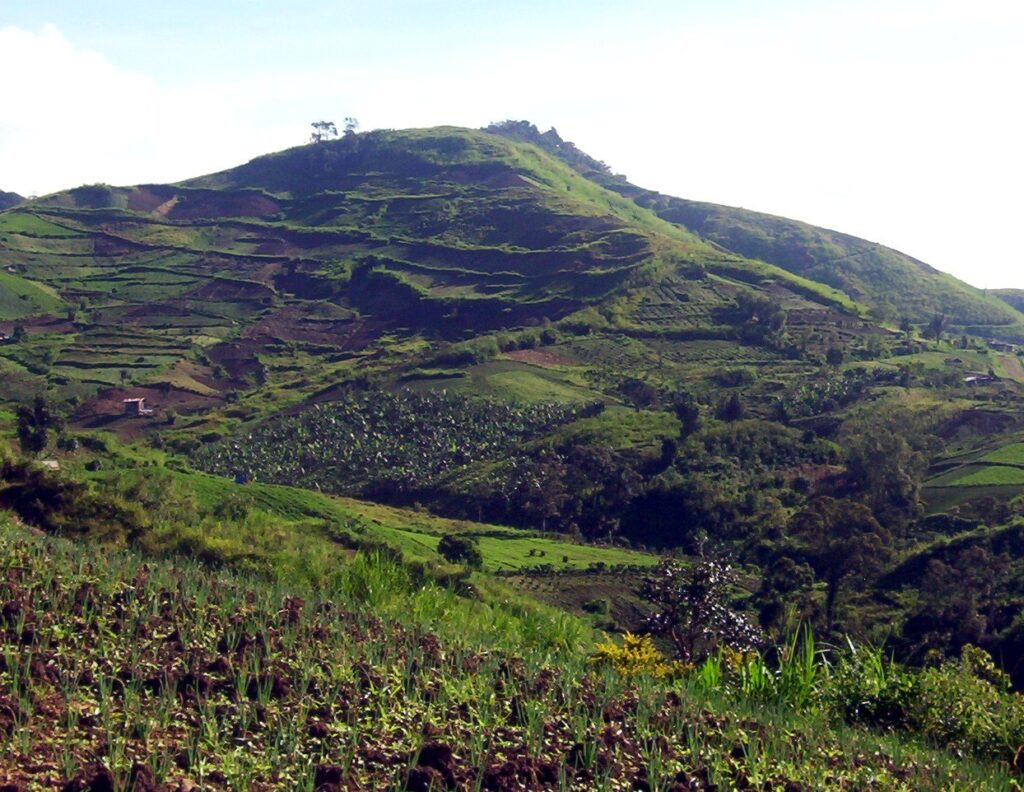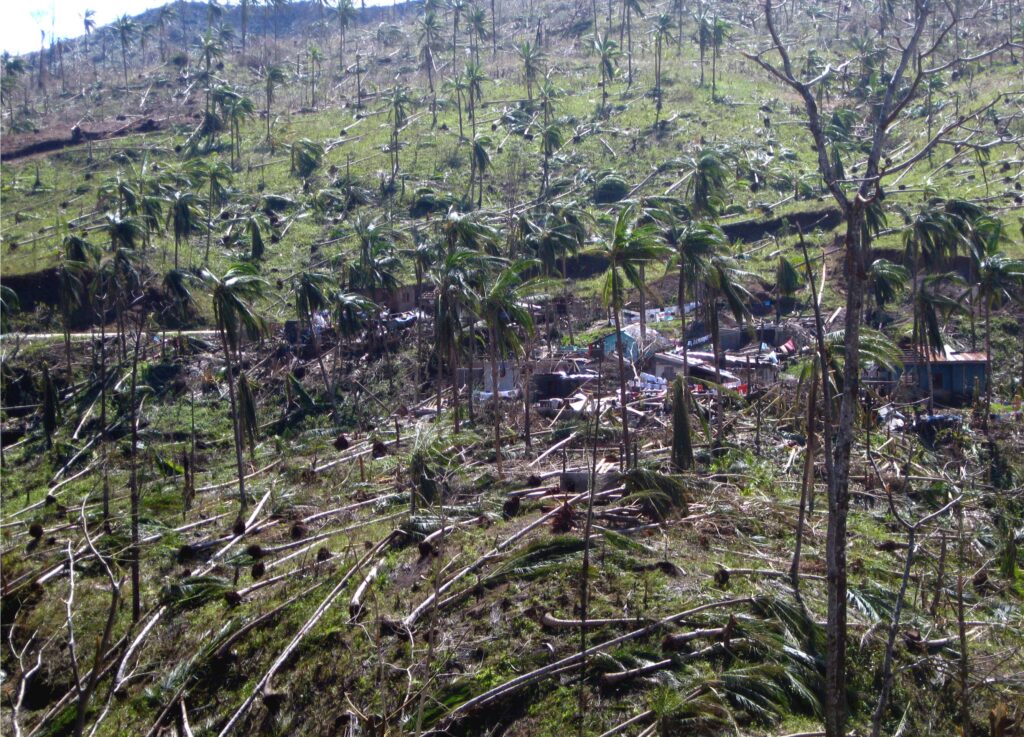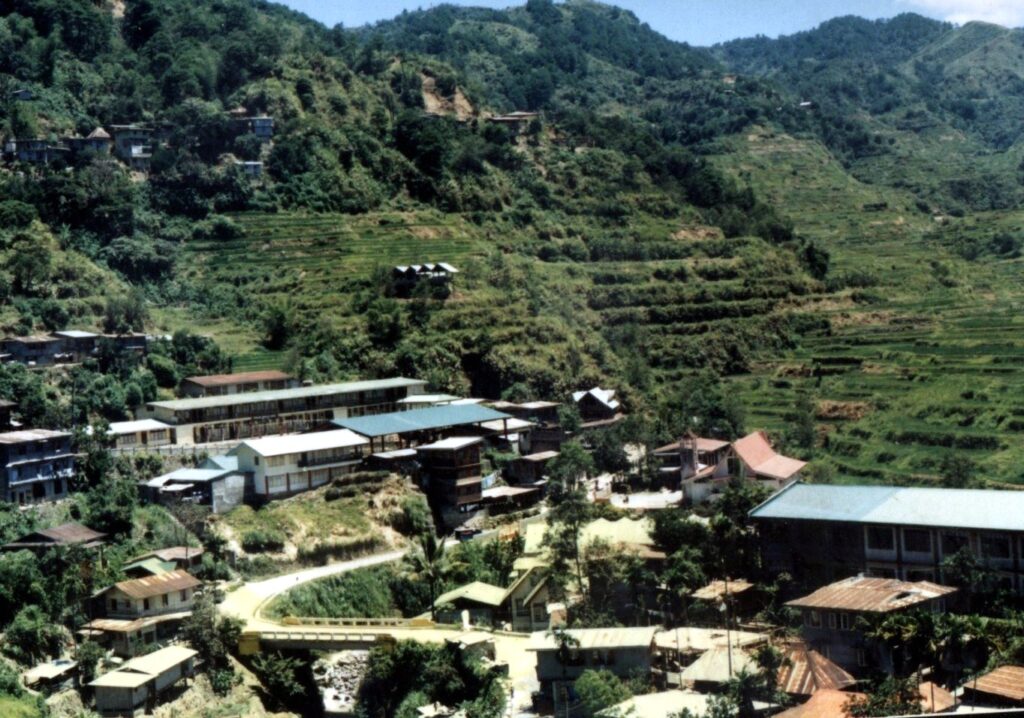Text and Photos by Henrylito D. Tacio
Additional Photos by Darrel Blatchley
“By destroying forests, we are harming biodiversity and our lives. Forests provide fresh water, clean the air we breathe, inspire spiritual value, and provide us with food. Our challenge now must be to halt deforestation and begin to restore forests. It is a huge undertaking, and every country will need their own table approach.”
That was what British broadcaster, natural historian, and author Sir David Attenborough said in a film that was shown during the recent UN Climate Change Conference (COP26) at Glasgow, Scotland.
His call to action was heard. “Protecting our forest is not only a course of action for tackling climate change but also for a more prosperous future,” said UK Prime Minister Boris Johnson after announcing that at least 110 countries representing 85% of the planet’s forests had signed the pivotal COP26 Glasgow Leaders Declaration on Forests and Land Use, committing to halt and reverse deforestation by 2030.
In the Philippines, environmentalists, non-government organizations, and civil societies are hoping the government will listen to the call. After all, the country is on the verge of total destruction as it continues to pay lip service to the natural resources that support life and make the country as the “Pearl of the Orient Seas.”
“A log ban and a number of laws have been in place for decades to restore the forests, but the absence of coherent policy on forest management has resulted in various forms of land conversion that continue to drive deforestation at an alarming rate,” deplores Karol Ilagan of the Philippine Center for Investigative Journalism.
It is impossible to exaggerate the ecological crisis that is now happening in the country. A case in point was what happened to Ormoc City on November 5, 1991. The flash flood took about 8,000 lives in one sweep. Damages to crops and properties were altogether estimated to be worth P500 million.
What happened? A report from Dr. Rogelio C. Serrano, then program coordinator of the Environment Research and Development Program of a line agency of the Department of Science and Technology (DOST), stated: “Data showed that the total land area of Ormoc is 46,430 hectares, of which 55% or 26,611 hectares are agricultural lands.
“The upper mountainous slopes consist its watershed with a total area of 4,5000 hectares, of which 85% of the 3,841 hectares have been cultivated for agriculture,” Dr. Serrano continued. “Cultivated area reached as far as 600 meters elevation. Shrubs cover only 14% or about 607 hectares of the whole watershed area.”
More than 90 years ago, the Philippines was almost totally covered with forest resources distributed throughout its 30 million hectares.
“From the late 1950s through 1973, deforestation in the Philippines reached 172,000 hectares per year. Virgin forests have been especially hard hit, declining by 1.7 million hectares from 1971 to 1980 alone,” wrote Robert Repetto in his book, The Forest for the Trees? Government Policies and the Misuse of Forest Resources.
Logging
This happened during the time of President Ferdinand Marcos. James K. Boyce, the author of the book, The Political Economy of Growth and Impoverishment in the Marcos Era, wrote that the country saw rapid deforestation as the president changed the rules on logging leases, from one year to 10-year and even 25-year terms.
Timber concessionaires were allowed to cut trees in rainforests with naturally-grown trees. According to Colin Kahl, the author behind States, Scarcity, and Civil Strife in the Developing World, granting timber concessionaires was a way for Marcos to secure the continued loyalty of allies and supporters.
“As the timber boom gained momentum, the government was unable to supervise concessions effectively or enforce logging regulations,” Repetto wrote. “Links between timber companies and politicians further eroded government control.”
A few years before his death, national scientist Dr. Dioscoro Umali deplored: “Over the last 25 years, we sold over 101.6 million cubic meters of prime logs abroad. We subsidized developed countries with cheap timber. Rough estimates indicate that exports reached over US$6 billion. Much of that income was salted abroad. It never benefitted those who live in forest communities.”

Logging 
Farmed mountain 
Devoid of forest cover (Photo by DD Blatchley)
Oftentimes, logging companies passed the blame on shifting cultivation done by kaingineros, or slash-and-burn farmers, for the rapid disappearance of forests. They claimed the kaingineros log without restraint and, unlike them, which have so-called corporate responsibility.
Some 80,000 to 120,000 families cleared an estimated 2.3 million hectares of forest land from 1971 to the 1980s alone. “As elsewhere, the spread of shifting cultivation largely reflects population growth and the economy’s failure to provide employment alternatives for the country’s rural poor,” Repetto wrote.
Mining
Mining also threatens the country’s forest cover. “Through the Mining Act of 1995, mining companies are given timber rights, which allow them to cut trees inside their concessions,” said Marjorie Pamintuan, the spokesperson of Kalikasan People’s Network for the Environment.
In 1982, the discovery of gold on Mount Diwalwal in Compostela Valley triggered a gold rush to an area of 729 hectares. It has “the largest gold deposit in the world,” said the Department of Environment and Natural Resources (DENR). Blacksmith Institute believed that “an estimated $1.8 billion worth of gold reserves remain untapped in the 5,000-hectare mountain where some 30,000 small-scale miners operate, many illegally.”
Mining, along with stripping the mountain of its forest cover, had been cited as the culprit why there was a high casualty count from Typhoon Pablo in this part of the Davao Region. “If you abuse nature, nature will get back at us,” commented Benito Ramos, executive director of National Disaster Risk Reduction and Management Council. “This is due to decades of mining and logging. Our forests are already deserted and there are tunnels left by small-time miners.”
Almost 30 years since the Catholic Church leaders warned against an ecological debacle in the country, the disappearance of forests remains. Today, “the Philippines is among the countries that are losing their forest cover fast, ranking fourth in the world’s top 10 most threatened forest hotspots,” deplored Pamintuan. “If the deforestation rate of 157,400 hectares per year continues, the country’s remaining forest cover will be wiped out in less than 40 years. The area lost to deforestation every year is twice the land area of Metro Manila.”
In 2010, the Forest Management Bureau (FMB) of the Department of Environment and Natural Resources (DENR) released the data of the remaining forest cover of all the provinces in the country. With 693,931 hectares forest cover of its total land area of 1,489,626 hectares, ranked first.
Lists from Mindanao
Three provinces from Mindanao made it to the top 10: Agusan del Sur (fourth, with 34,994 hectares of forest cover of its 896,550 hectares land area), Surigao del Sur (fifth, with226,805 hectares out of 455,216 hectares land area), and Bukidnon (ninth, with 202,322 hectares out of 829,378 hectares land area).
Of the provinces with the least forest cover, only one province from Mindanao was listed: Camiguin. It was ranked seventh as it had only a forest cover of 5,718 hectares out of its 25,286 hectares of land area. On the bottom is Guimaras, with only 776 hectares of forest cover of its total land area of 60,457.
Davao Region
Just recently, the FMB released its Philippine Forestry Statistics 2020. It says Davao Region has a total land area of 400,613 hectares. With 156,496 hectares, Davao Oriental occupied most of the land area, followed by Davao de Oro (123,525 hectares), Davao del Norte (53,636 hectares), Davao Occidental (34,455 hectares), and Davao del Sur (32,502 hectares).
When it comes to closed forest cover, Davao Oriental also topped: 68,958 hectares. Davao de Oro trailed with 50,886 hectares. The remaining provinces have the following data: Davao Occidental, 14,518 hectares; Davao del Norte, 11,422 hectares; and Davao del Sur, 6,037 hectares.
Davao Oriental also holds the record of having the most open forest cover: 85,218 hectares. Davao de Oro again followed with 72,468 hectares. Davao del Norte has 41,651 hectares, Davao del Sur, 26,244 hectares, and Davao Occidental, 19,710 hectares.
Catastrophic results
The extensive loss of forest means catastrophic for a country with a population of more than 111 million, according to UN data. “Failure to protect our remaining forest would mean a great loss of the country’s rich repository of biodiversity of all time,” said former Environment Secretary Fulgencio Factoran.
A pair of Philippine eagles, for instance, needs at least 7,000 to 13,000 hectares of forest as nesting territory. “The Philippine eagle has become a critically endangered species because the loss of the forest had made it lose its natural habitat,” deplored Dennis Salvador, the executive director of the Philippine Eagle Foundation.
More than 400 plant and animal species in the Philippines are currently threatened with extinction, including the Philippine eagle and the tamaraw,” the Washington, DC-based Population Reference Bureau reported. A recent study by Conservation International said only about four percent of the Philippines’ forests remain as a natural habitat for many endemic species.
Soil erosion and water crisis
Aside from biodiversity loss, the country is also losing its primary resource for food production, the topsoil. With no trees left to anchor it, the exposed soil is swept away by winds and torrential rain.
“Forty-five percent or around 13 million hectares of arable land in the Philippines are either moderately or severely eroded,” said Senator Loren Legarda, quoting a 2010 report released by the Department of Agriculture’s Bureau of Soils and Water Management. “This led to soil degradation and lower agricultural output despite application of modern farming practices.”

Human settlements
Another consequence of soil erosion: siltation of waterbeds, reservoirs, and dams. The Magat reservoir, for instance, has been reported to cut its probable life span from 100 years to 25 years. The Ambuklao Dam reservoir has had its life halved from 60 to 32 years as a result of siltation.
Deforestation also means less water. Without vegetative cover, especially the trees, the land’s water absorption capacity is greatly reduced. “Deforestation has left upper watersheds unprotected, destabilizing river flows, with significant effects,” Repetto wrote.
The vanishing forests have also altered the climatic condition in the country. Periods of drought have become more common and extensive in the dry season, while floods have prevailed in the rainy months.
Reforestation
It’s high time to reforest the Philippines. “Reforestation always mitigates flooding and landslides,” Dr. Kelvin S. Rodolfo, a geological scientist, and awardee of the Department of Science and Technology Balik Scientist Program was quoted by Inquirer.
According to Rodolfo, “trees absorb much of the runoff and transpire it back to the atmosphere, and their roots hold the soil.” But during extreme events, landslides will still occur, carrying down everything – trees, as well as soils – even in an area that has been reforested for only two years.
Even at the end of the world, so goes a saying, we need to plant trees. “A person without children would face a hopeless future; a country without trees is almost as helpless,” American President Theodore Roosevelt reminded.

